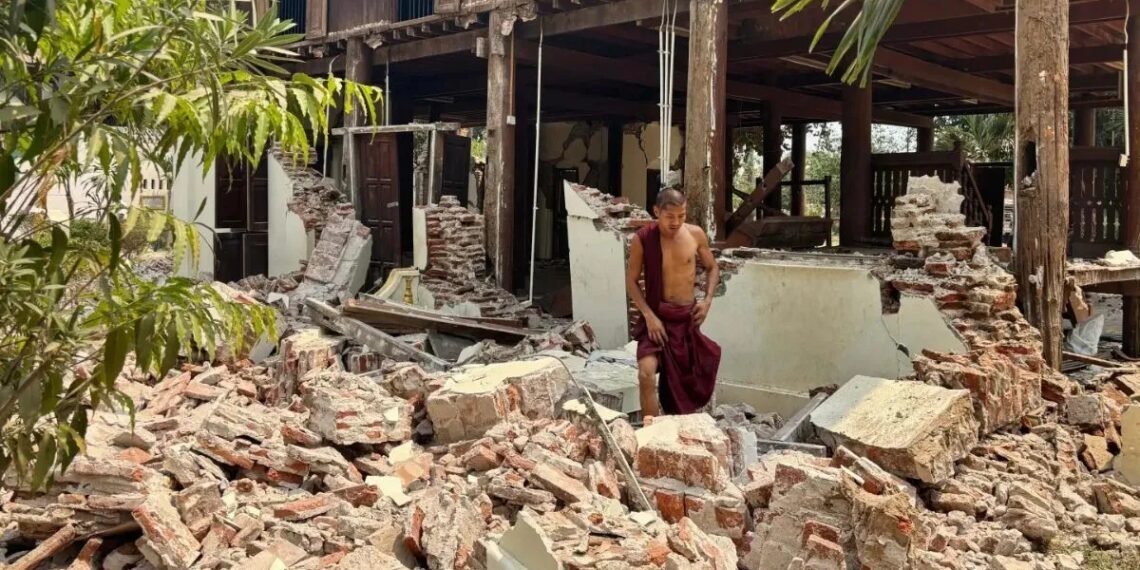A powerful 7.7-magnitude earthquake hit Myanmar on Friday, March 29, releasing energy comparable to more than 300 atomic bombs, a geologist informed CNN, cautioning about continuing aftershocks in the area.
“The energy emitted by this type of earthquake is approximately equivalent to 334 atomic bombs,” stated geologist Jess Phoenix.
A strong earthquake with its center in Mandalay, Myanmar, hit at noon on Friday at a shallow depth of 10 kilometers, as reported by the US Geological Survey. Local officials announced that the earthquake has resulted in more than 1,600 fatalities, while the US Geological Survey initially estimated a possible devastating death count surpassing 10,000.
Phoenix also warned that aftershocks may continue for months as the Indian tectonic plate keeps colliding with the Eurasian plate under Myanmar.
The ongoing civil war in Myanmar and the communication blackout are greatly hindering the outside world’s comprehension of the disaster’s actual extent.
ALSO READ: Earthquake Unites Myanmar’s Warring Factions in Rare Truce
Phoenix additionally cautioned that Myanmar’s disaster will only intensify because of the nation’s persistent civil war. The conflict, along with a communication breakdown, is obstructing the global community’s understanding of the earthquake’s catastrophic impacts.
In the meantime, the Indian Government initiated ‘Operation Brahma’ to gather resources and provide aid supplies in Myanmar. On Saturday, an Air Force plane flew to Yangon, Myanmar, loaded with 15 tonnes of aid supplies. The shipment contained tents, sleeping bags, blankets, meals ready to eat, water filters, solar lights, generators, and vital medications.
India’s envoy to Myanmar, Abhay Thakur, delivered the supplies to U Soe Thein, the Chief Minister of Yangon.
Severe tremors were similarly experienced in Yunnan province of southwest China, which is adjacent to Myanmar. The strong earthquake also shook nearby Bangkok, resulting in 6 deaths, with 22 injured and 101 unaccounted for.













